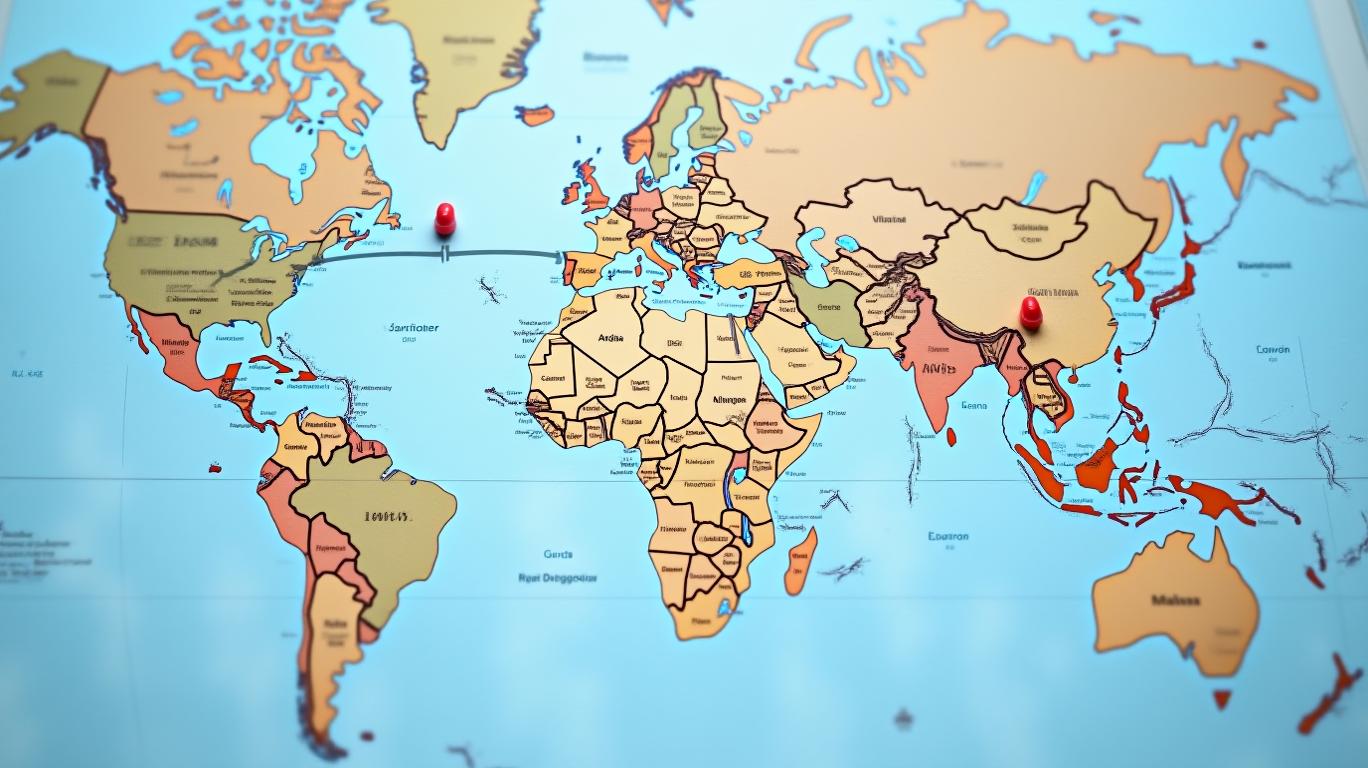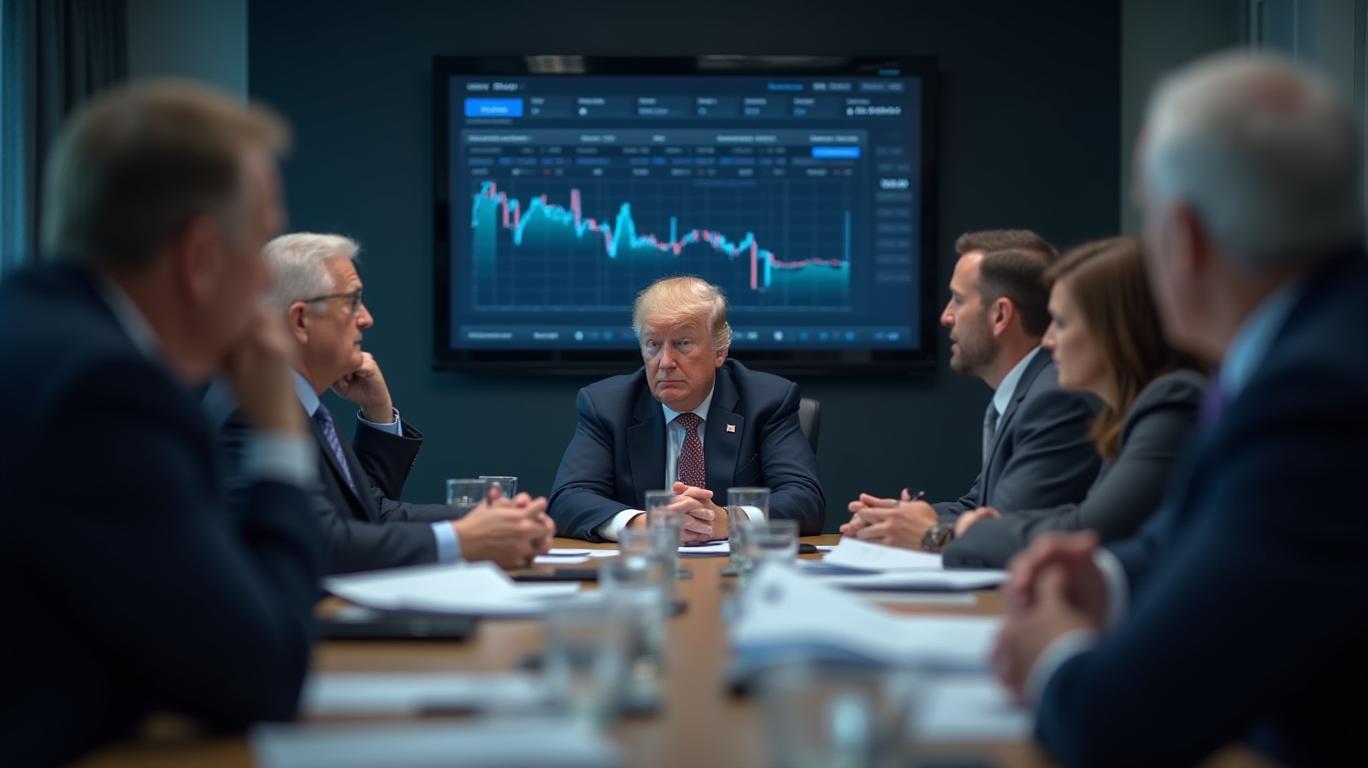Q1 Earnings Pulse Check: Companies Tentative on Pharma-Specific Tariffs
The pharmaceutical sector’s Q1 2025 earnings reports have revealed a cautious outlook, with companies balancing the dual pressures of rising production costs due to tariffs and the urgency to reshape supply chains. The U.S. tariffs on pharmaceutical imports—particularly the 10% global levy and the 245% tariff on Chinese APIs—have forced firms to navigate a complex landscape of geopolitical risks and operational challenges. While some companies have made strides in reshoring manufacturing, the path to long-term resilience remains fraught with uncertainty, as tariff exemptions remain fragile and retaliatory measures loom.
Tariffs Take a Toll on Margins, But Reshoring Sparks Optimism
The 10% global tariff on healthcare imports, combined with steep levies on Chinese and North American suppliers, has eroded profit margins for generic and medical device manufacturers. For example, Pfizer, which relies on Chinese APIs for 40% of its generic drugs, reported a 5.2% drop in Q1 gross margins compared to 2024 levels. Meanwhile, Boston Scientific’s $200 million in tariff-related costs—due to the 25% duty on Canadian/Mexican devices—compressed its earnings before interest and taxes (EBIT) by 4%.
However, the Q1 data also highlights strategic shifts. Companies are accelerating investments in U.S. manufacturing to avoid tariffs. Johnson & Johnson, which has committed $55 billion to domestic production, noted that reshoring 30% of its API supply chain by 2027 could reduce tariff exposure by up to $1.2 billion annually. Similarly, Merck reported that its $9 billion U.S. manufacturing plan is on track to cut reliance on Chinese APIs by 15% by 2026.
Supply Chain Diversification: A Double-Edged Sword
While reshoring and diversification into markets like India and Germany are critical, they come with costs. For instance, Roche’s decision to shift production to India added $180 million to its Q1 operating expenses due to logistics and regulatory hurdles. The U.S. pharmaceutical industry’s current API self-sufficiency rate of just 12% underscores the scale of the challenge: rebuilding domestic capacity requires years and billions in capital.

The Section 232 investigation further complicates matters. If the U.S. imposes additional tariffs of up to 200%, companies like Novartis—which sources 28% of its APIs from China—could face a $3.5 billion annual tariff bill by 2026. This uncertainty has led firms to adopt contingency plans, including stockpiling inventory and lobbying for exemptions.
Investor Takeaways: Navigating the Tariff Crossroads
- Focus on Financial Flexibility: Companies with strong balance sheets and diversified revenue streams—such as Eli Lilly, which derives 60% of sales from branded drugs—will weather tariff shocks better than generic-focused peers.
- Monitor Supply Chain Progress: Firms like Pfizer, which aim to cut costs by $7.2 billion by 2027 through reshoring and operational efficiency, could see margin improvements over the next two years.
- Beware of Retaliatory Risks: China’s 125% tariffs on U.S. pharmaceutical exports have already cost companies like Roche $450 million in lost revenue. Investors should favor firms with minimal exposure to these markets.
Conclusion: The Road to Resilience Remains Rocky
The Q1 earnings season underscores that the pharmaceutical sector is at a crossroads. While reshoring and diversification offer long-term solutions, near-term profitability is under pressure. With the U.S. API self-sufficiency rate at 12% and Section 232 tariffs still unresolved, companies face a balancing act: invest in domestic capacity now or risk higher costs and supply disruptions later.
For investors, the key is to prioritize firms with:
- Diversified supply chains (e.g., Johnson & Johnson, sourcing APIs from 8+ countries).
- Strong cash reserves to fund reshoring without diluting equity.
- Exposure to high-margin segments (e.g., oncology or specialty drugs), which can better absorb tariff-related costs.
The data is clear: the era of low-cost globalized supply chains is ending. Those pharmaceutical companies that adapt fastest—and investors who spot them early—will thrive in the new trade reality.


_442a2dcc1749832873286.jpeg)
_e68fac6d1749831664430.jpeg)






